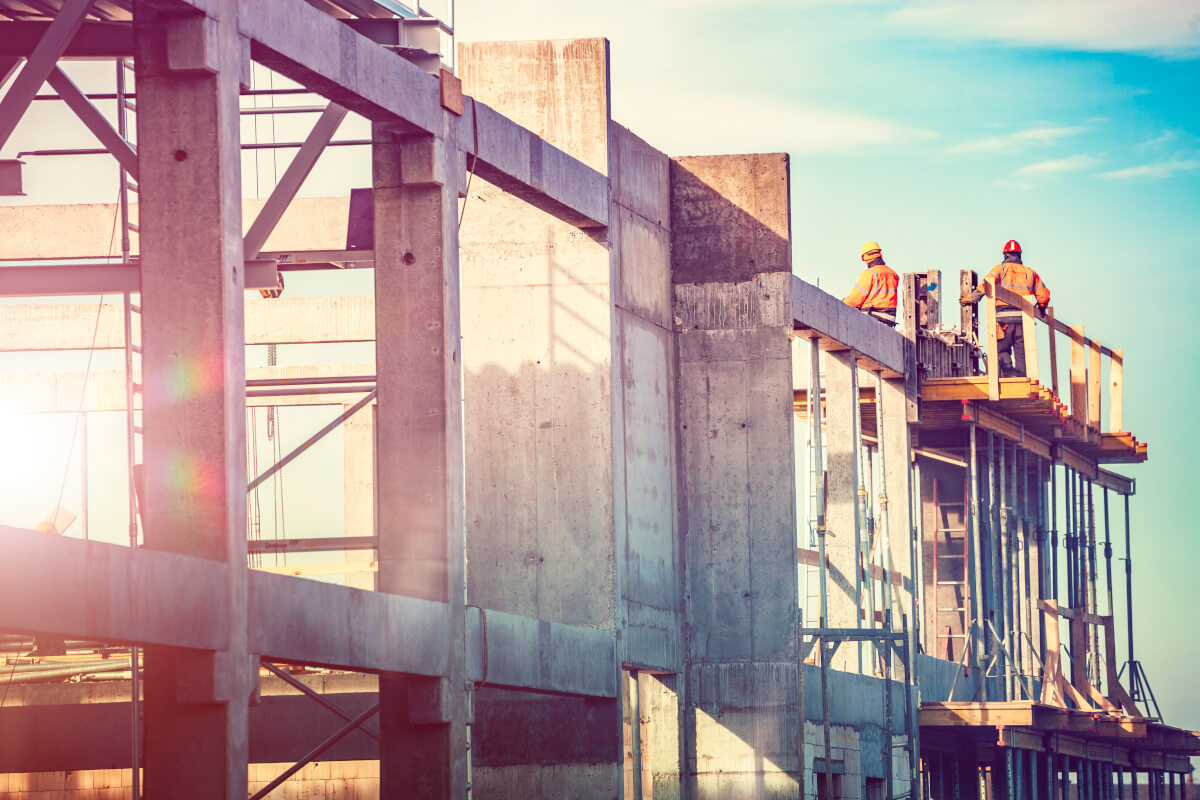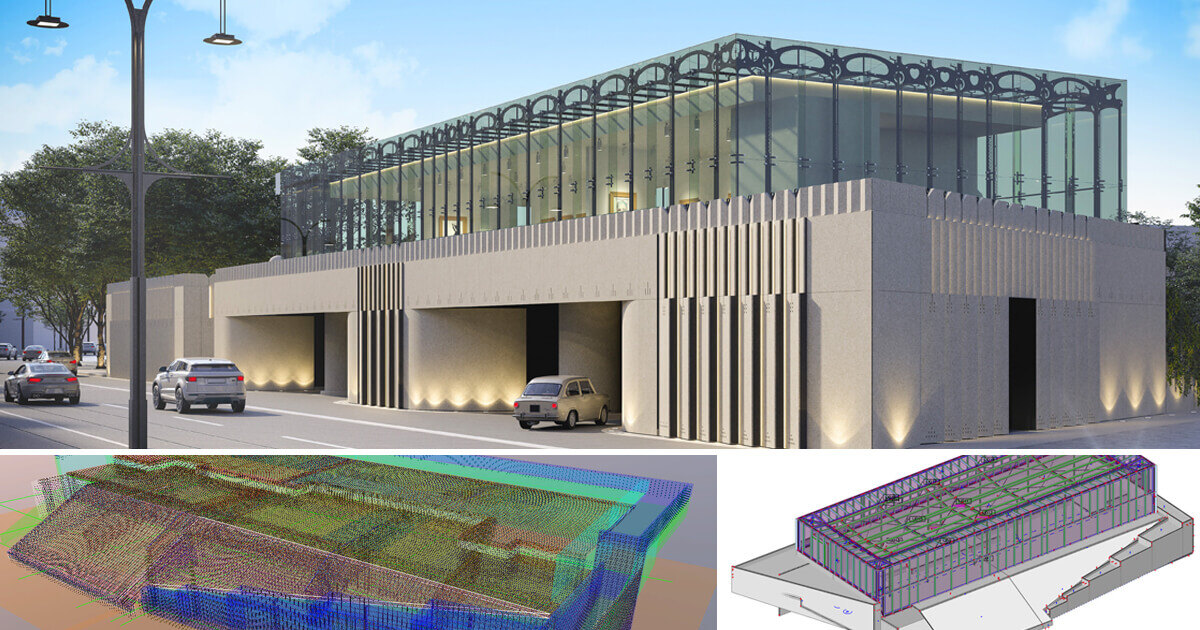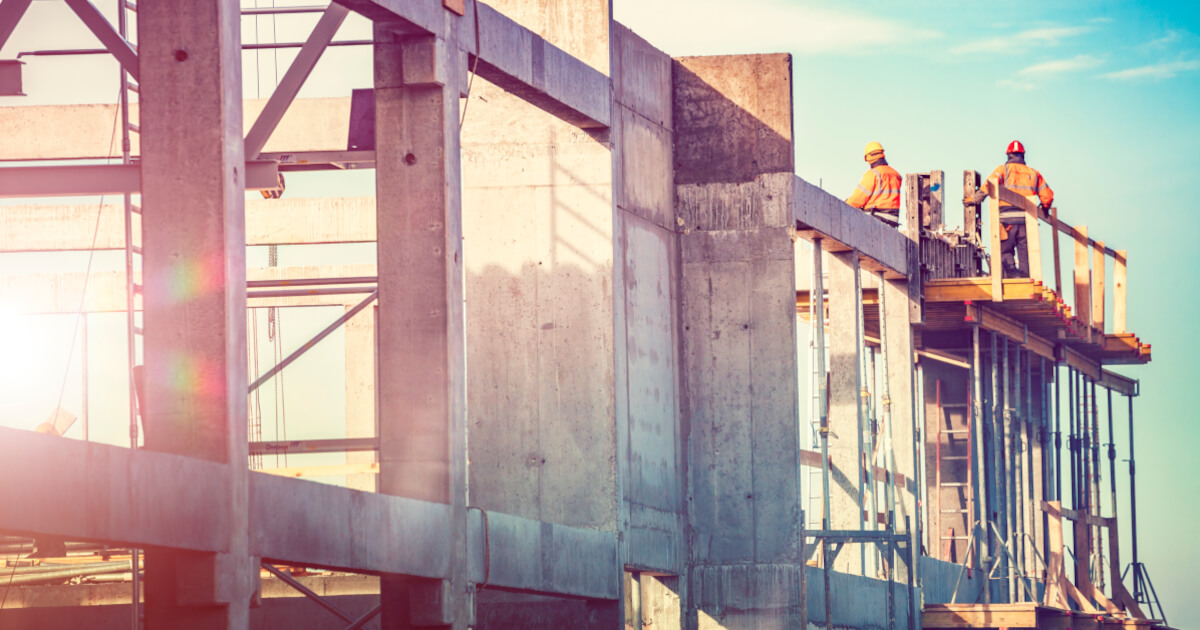Join us as we take a look at some truly groundbreaking construction materials, with concepts and creations that once would have seemed like science fiction. From the energy-efficient innovations of water-filled glass to the eco-conscious design of 3D-printed living buildings, each material offers a glimpse into a future where construction not only respects the environment but actively contributes to its wellbeing. Keep reading to discover how these five innovative materials are setting the stage for a revolution in how we build and interact with our surroundings.
Biochar-based Bioplastic Cladding
Berlin-based startup Made of Air is revolutionizing the construction industry with its biochar-based bioplastic cladding panels. It captures more carbon dioxide than it emits, making it a carbon-negative material. Created from agricultural and forestry waste, this innovative material not only sequesters carbon effectively but is also recyclable, demonstrating its potential across various sectors including building facades, furniture, and infrastructure. The company’s proprietary process transforms biochar and a binder into granules that can be molded using standard plastic-forming techniques, marking a significant step towards achieving its goal of storing up to a gigaton of CO2e annually by 2050.
Similarly, buildings are being constructed using carbonated wood – read more here.
3D-printed Mycelium
London’s Blast Studio has innovated a groundbreaking method by 3D printing living mycelium, blending sustainable construction with potential urban agriculture. This technique repurposes waste coffee cups as a feedstock, creating a structure designed to optimize both its load-bearing capabilities and the growth conditions for mycelium. After printing, the mycelium consumes the coffee cup material, eventually producing edible mushrooms before being dried into a sturdy, fire-retardant, and insulating architectural element. This venture not only points towards a method of converting urban waste into functional and sustainable building materials but also envisions a future where buildings can contribute to food production. Blast Studio’s aspiration to expand this technology to larger structures embodies a radical shift towards living architecture that could self-repair, reduce waste, and offer new food sources within cityscapes.
Alternative Masonry Bricks and Blocks
Around the world, many innovative materials that replace traditional masonry bricks and blocks are being developed. Besides traditional materials like straw bales, some notable examples include: Bio-Blocks crafted from micro-algae, providing a zero-carbon alternative to traditional concrete; Sugarcrete which transforms bagasse, a by-product of sugarcane processing, into bricks that are significantly lighter and possess a fraction of the carbon footprint of conventional bricks; and the Gent Waste Brick, made from local construction waste, which showcases how recycled materials can be upcycled into durable construction elements with a fraction of the embodied carbon of traditional clay bricks.
Water-filled Glass
Water-Filled Glass (WFG), a British startup founded by Loughborough University architecture lecturer Matyas Gutai and his team, has introduced a groundbreaking heating and cooling system that leverages the thermal properties of water encased between glass panes. This eco-friendly innovation aims to transform heavily glazed buildings into models of sustainability by harnessing sunlight to regulate temperature. The water within the glass absorbs heat, which can then be redistributed to colder parts of the building or stored for later use, potentially reducing energy bills by an estimated 25%. The technology also mitigates solar heat gain, lessening the reliance on air conditioning. This method is not only cost-effective, relying on standard glass and components, but also minimally impacts the embodied carbon of construction projects.
3D-printed Living Buildings
Although construction botany and planted facades are not new, the “To Grow a Building“ project is a novel approach to construction, where buildings are not just constructed but grown. The Jerusalem-based lab leverages 3D-printing technology to create structures from a mix of soil and seeds, essentially using the earth as a building material and embedding life in the very walls of constructed spaces. This innovative method allows for the creation of buildings that evolve over time, with seeds sprouting into green facades and roots strengthening the structure internally, offering a stark contrast to traditional construction materials like concrete and steel. The project not only highlights the potential for creating self-sustaining ecosystems within architectural forms but also addresses the ecological crisis by reducing the reliance on industrial and non-local materials.
Challenging Norms for the Better
The climate crisis has driven a wave of innovation, which is changing our definition of building materials forever. This shift towards sustainable materials and innovative construction techniques represents more than just technological progress; it reflects a reimagining of our relationship with the planet, where every brick, beam, and window contributes to a more sustainable, resilient, and environmentally conscious future.
Don’t forget to read our post about how traditional materials are being made more sustainable here.






